
Ms Jennifer Lopez sang it more than a quarter century ago in a rather unimaginative and boring ditty: let’s get loud. Naturally, birds can do better.
Birds sing for many reasons, some rather devious. Mostly, they want to attract females, and they try to scare away other males. And vice versa, because the ladies do get in on the action. Some birds can use one side of their syrinx for attraction and the other side for marking territory – yet another example of their amazing breathing apparatus.
City birds are singing louder to make themselves heard above the man-made racket, but some bird species were already loud in the Garden of Eden, where the only noise was the rustling of fig leaves.
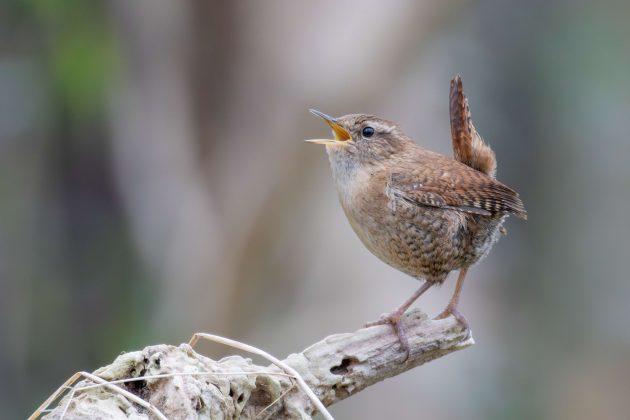
Gram for gram the noisiest in my experience: wrens. All but one species are in the Americas, the vast majority in Latin America and do they sing! The only wren ever to move out of the Americas is singing its heart out in my garden while I am writing: Eurasian Wren. Is it the dense vegetation that requires this loudness? Other wrens are loud too, the White-breasted Wood Wren I heard in Panama made my ears bleed.
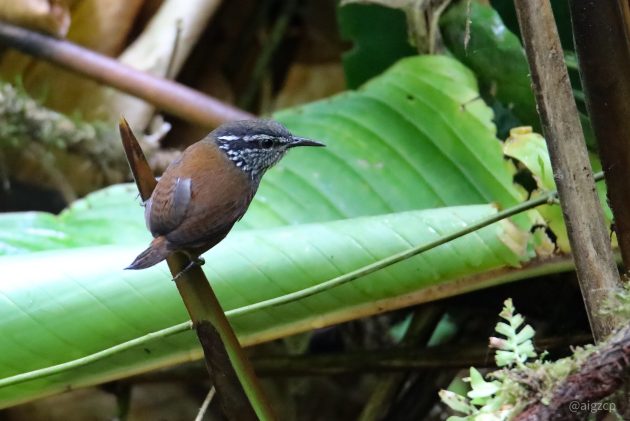
The Song Wren further into the forest was also loud and clear, but not as ear-piercing.
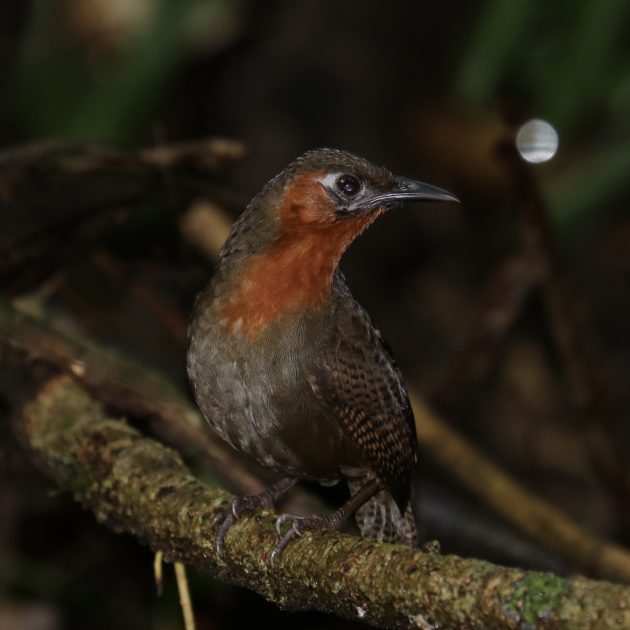
The Bare-throated Bellbird is justly famous for its loudness. We heard one in Intervales (beautiful park in Brazil, see the header picture) like it was just behind the next tree. It wasn’t. We walked for another 10 minutes and then scoped it across a vast expanse of forest. It sounded close by enough, but we never even reached the tree it was perched on.
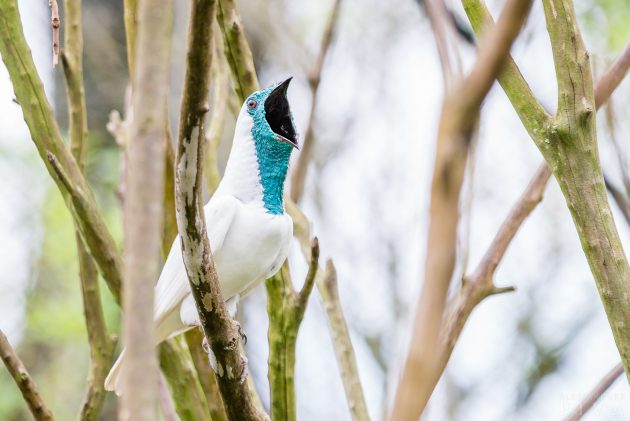
Outside the Americas, I noticed that the birds are just not that loud. Apart from the Eurasian Wren, I have yet to encounter a truly loud bird. Let there be no misunderstanding: they can be raucous, persistent or annoying, sometimes all of the above, like the House Crow clearly demonstrates. Please point out my observer’s bias in the comments section if you do have examples! And no, J-Lo does not count.
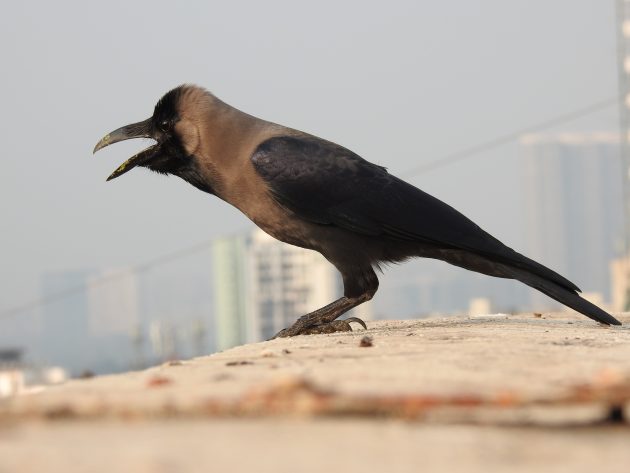
Photography credits: Wikimedia Commons. Eurasian Wren by Alexis Lours, White-breasted Wood Wren by Aitor, Song Wren by Aitor Gonzalo, Bare-throated Bellbird by Alessandher Piva, and House Crow by Dr. Raju Kasambe.


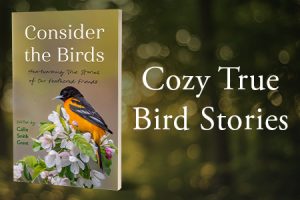



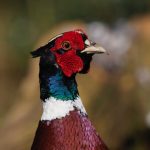
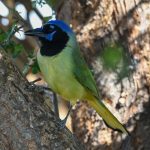
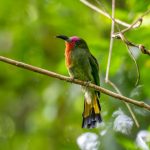

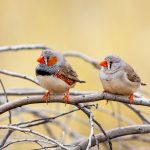


I love my Wood Wrens!
If you include crows in the list, then yoiu can also include Hadeda Ibises and Egyptian Geese as the loudest birds.
Here in the eastern US we have Carolina Wren. When it really gets going with its signature mnemonic – teakettle teakettle teakettle tea – you don’t need an alarm clock. We have another tea-drinking bird – one of my favorites – Eastern Towhee, who will admonish you to “drink your tea” dragging out the tea with extra trills . Unmistakable in the woods. You really want to find that bird. Its call note mnemonic is a quick “drink.” You can tell I learned my birdsong from the old CDs. I always found the mnemonic suggestions clever and helpful.